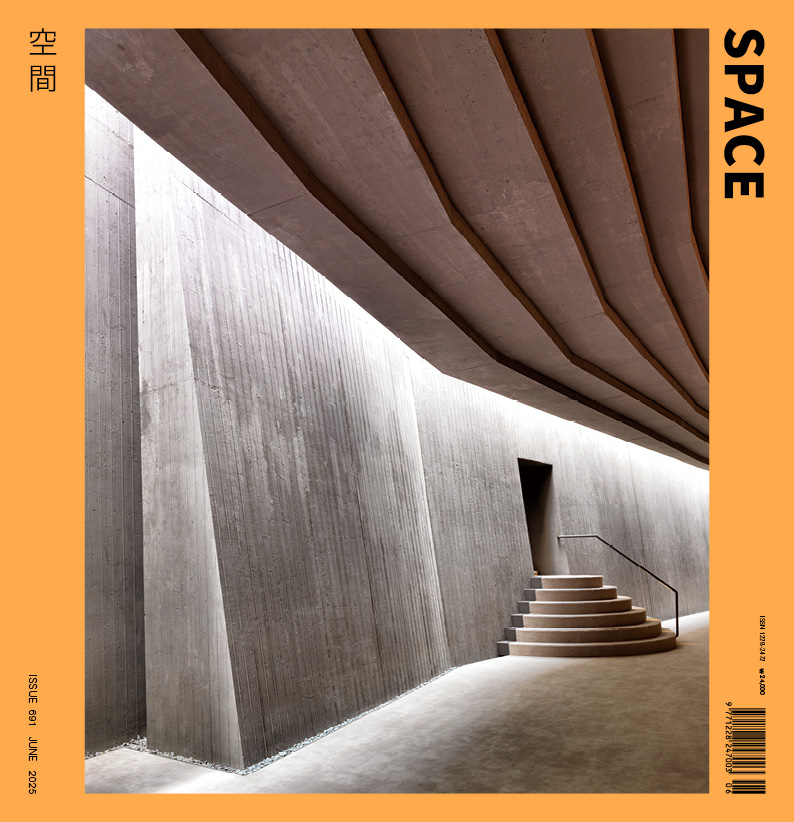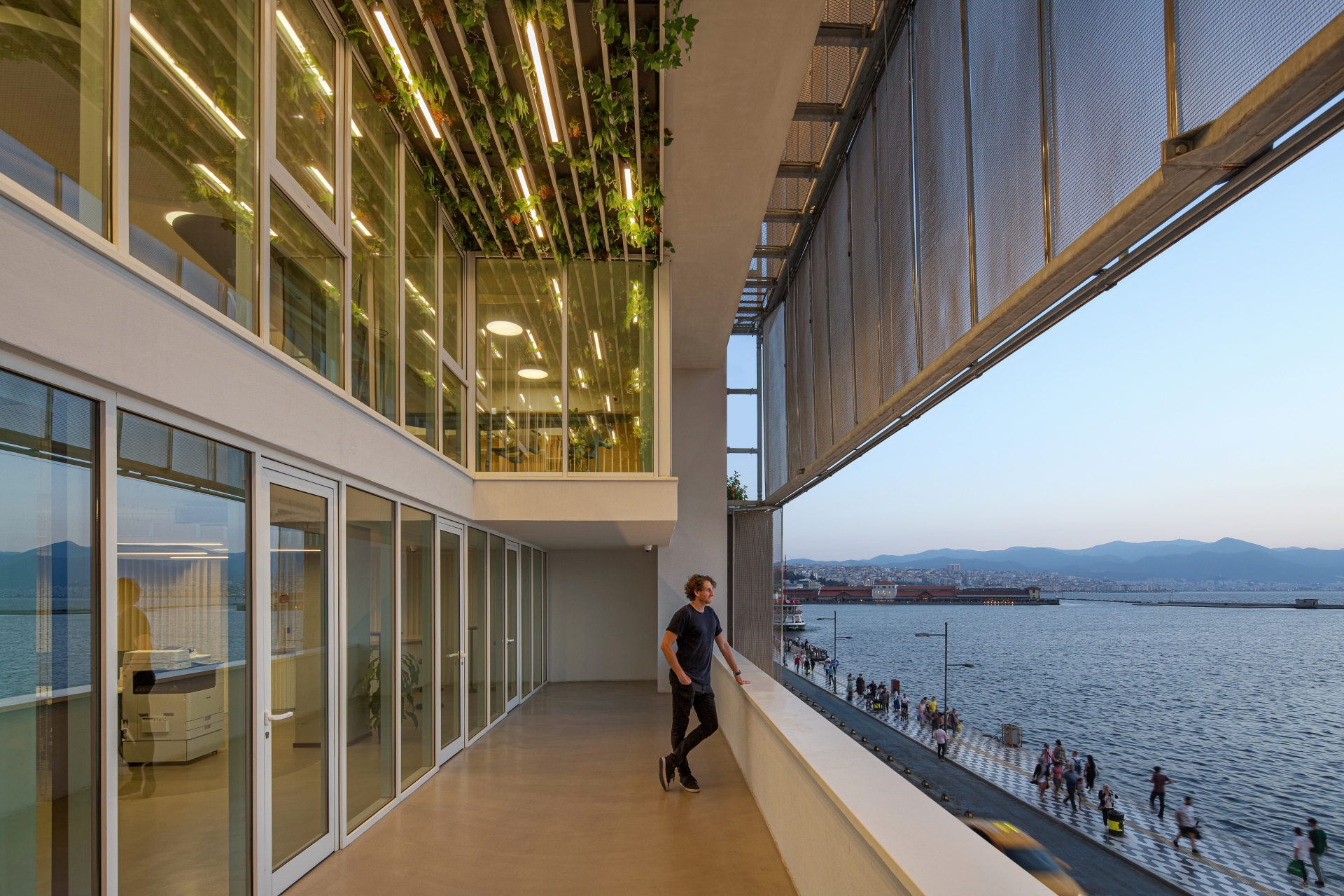SPACE June 2025 (No. 691)
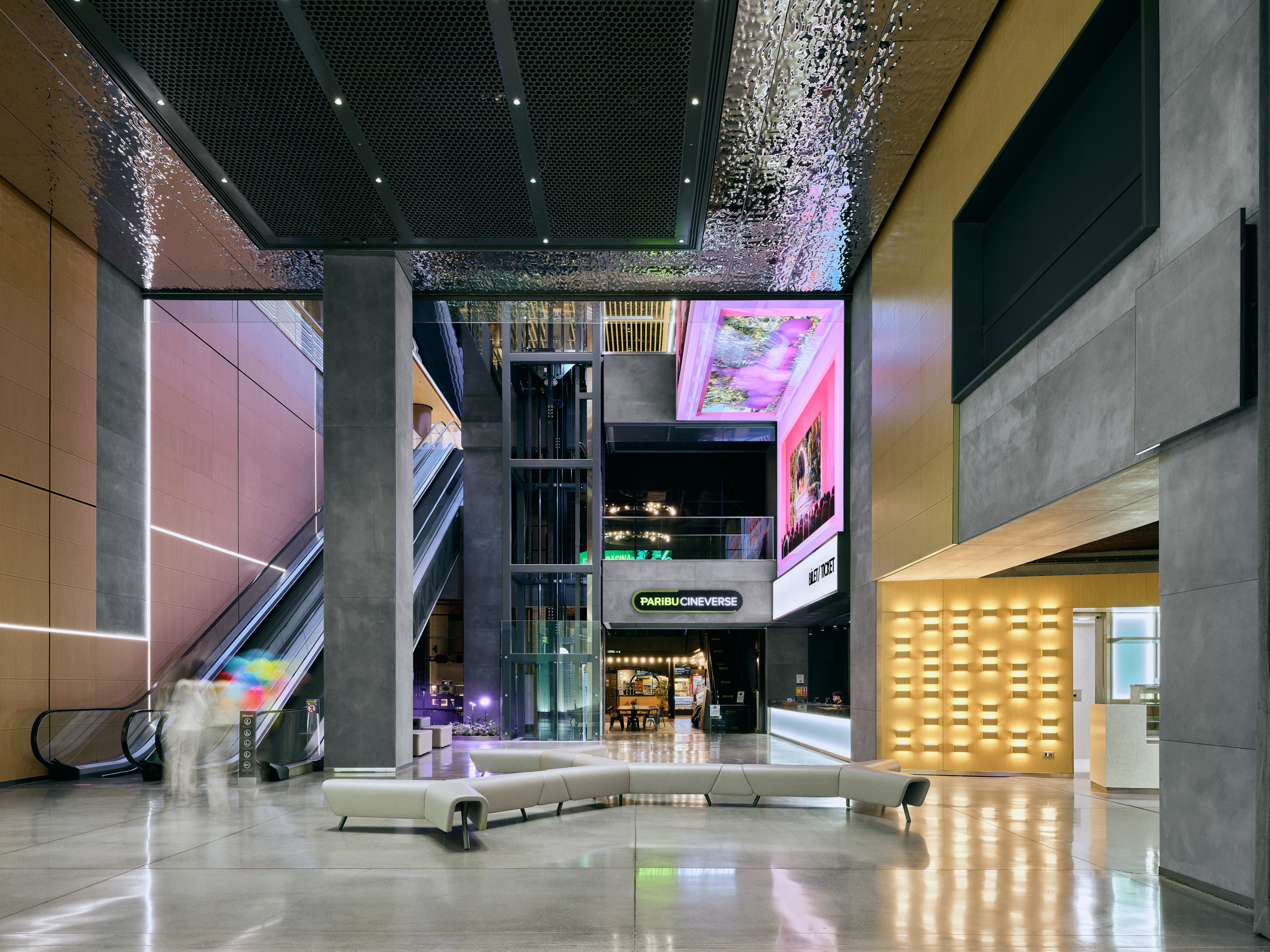
DDRLP Architecture & Design
Istinye Saloon & Yuno (Istinye Park Performance & Children Centre) / ©Egemen Karakaya
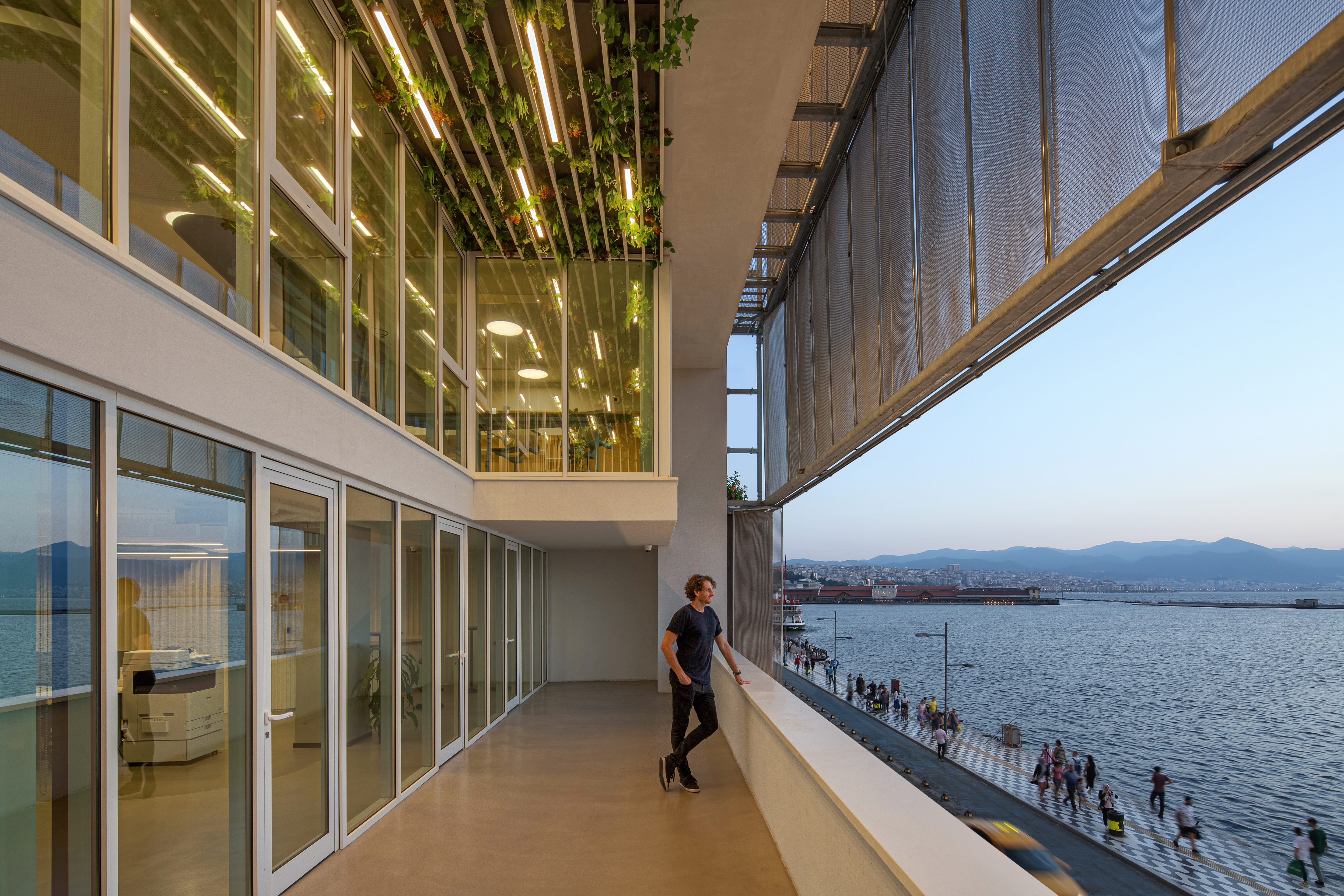
Ofisvesaire
IzQ Innovation Center / ©ZM Yasa Architectural Photography
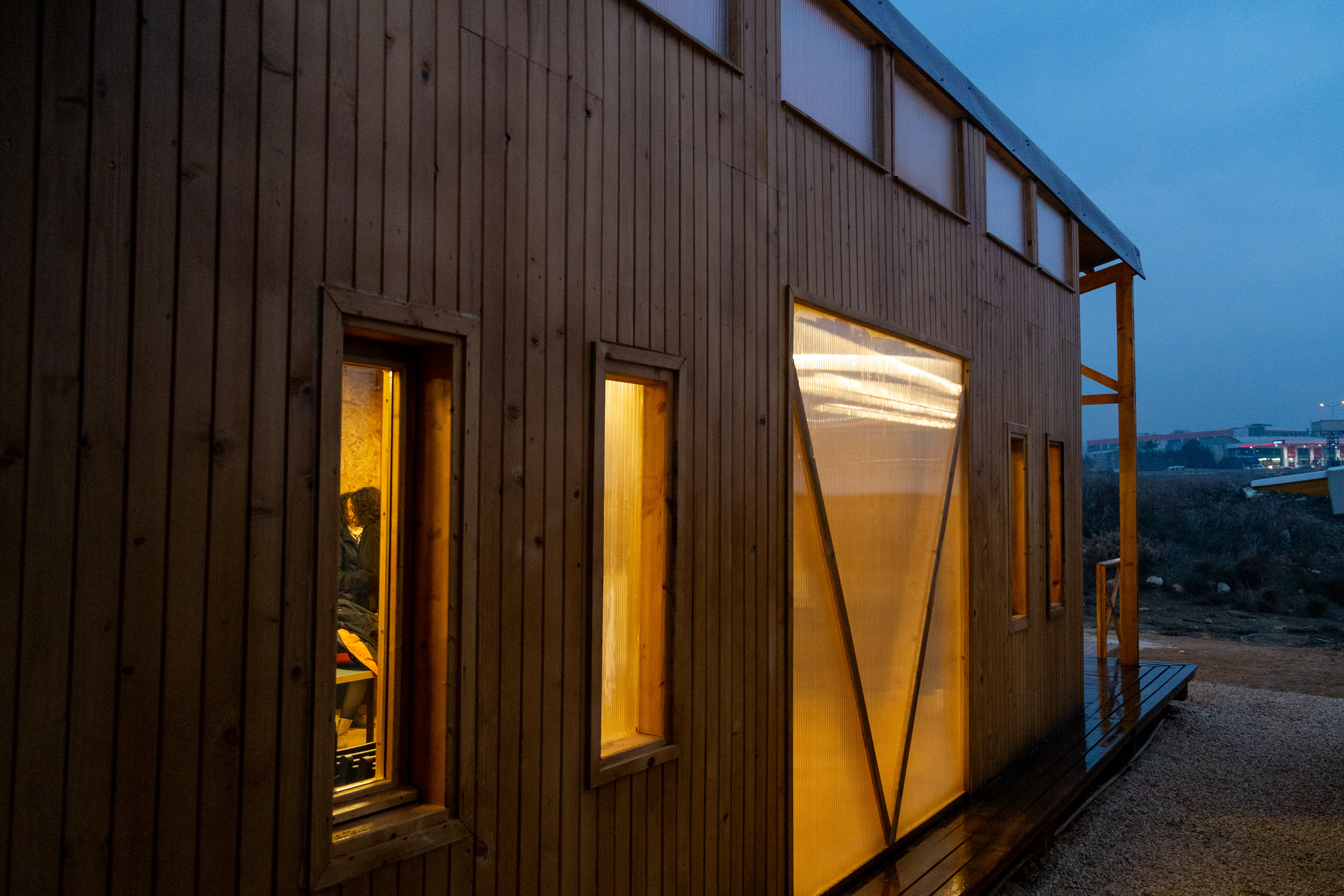
Architecture for All Association
Çekmece Comunity Centre / ©Herkes İçin Mimarlık Archive
Shifting Environments, Diversifying Questions
Interview DDRLP Architecture & Design, Ofisvesaire, Architecture for All Association × Youn Yaelim, Lee Sowoon
Contemporary architecture in Türkiye is not governed by a single trend. While large architectural firms are breaking Western and non-Western conventions and gaining international recognition, there are also voluntary practices that organise sites in person when faced with community crises. Furthermore, there is an increasing number of small architectural groups exploring alternative models that diverge from existing office structures.
What is certain is that Turkish architecture, within the currents of contemporary architecture, is also exploring collaborative and caring approaches that go beyond that performed by traditional design-oriented architectural practices. SPECTRUM showcases representative projects by six selected Turkish architectural groups that challenge existing architectural norms, and features discussions with three of these groups about the current state of architecture in Türkiye and beyond.
Within the cultural context of Türkiye, what architectural identity does your office aim to pursue? How do you translate cultural and urban conditions into an architectural language?
DDRLP Architecture & Design (DDRLP): All of our projects have a different context. For each context, as architects, we begin our work by asking questions about our role, what kind of attitudes we can develop, where we are, what we are doing, why we are doing it, and with which design tools we will use to address the place.
Ofisvesaire (OFV): In the cultural context of Türkiye, our architectural approach is grounded in continuity— of place, memory, and social fabric. At Ofisvesaire, we see architecture not as an isolated object, but as a form of dialogue with what already exists. Türkiye’s geopolitical complexity, where multiple cultures, beliefs, and histories intersect, informs our work through a sensitivity to hybridity, informality, and layered narratives. Rather than adopting a fixed formal language, we focus on creating spaces that are open-ended, adaptable, and deeply rooted in context. Much of our work responds to the ruptures caused by rapid urban transformation. Instead of erasing the past, we engage with it through the reuse of existing structures, the reinterpretation of fragments, and the recovery of spatial memory. We’re particularly interested in how architecture can become a tool for storytelling, allowing spaces to evolve while maintaining their connection to people, place, and everyday life.
Architecture for All Association (Architecture for All): Architecture deeply shapes our daily lives and social relationships. Architecture for All seeks to empower individuals and communities to take an active role in shaping their built environment. Our work challenges dominant production models by promoting architecture as a collective, socially engaged process that benefits both society and nature. In Türkiye, one of the most pressing barriers to equitable spatial development is the lack of public involvement in shaping urban and rural environments. We respond by facilitating collaboration between individuals, grassroots organisations, professionals, and public institutions—bridging the disconnect that hinders inclusive and effective solutions to pressing spatial and social issues.
Could you tell us about the alternative architectural attitudes you adopt when engaging with evolving architectural environments?
OFV: Globally, adaptive reuse has become a prominent and meaningful approach in architecture, reflecting a growing awareness of sustainability, resource efficiency, and cultural continuity. This attitude embraces existing structures and gives them new life through sensitive transformation. It fosters a dialogue between memory and modern needs, allowing architecture to become a tool for both ecological and social responsibility. Many international examples showcase how old industrial buildings, residential structures, or civic spaces are being creatively reimagined to serve new functions—often with strong community involvement and interdisciplinary collaboration. In Türkiye, however, the architectural landscape is still largely shaped by a preference for new construction, often driven by economic pressures, real estate speculation, and policies that prioritise rapid development. As a result, adaptive reuse has not yet become a mainstream topic, despite the country’s rich architectural heritage and layered urban fabric. That said, this attitude is beginning to shift— especially among younger architects, academics, and independent practices who recognise the value of working with the existing dynamics. As awareness around the potential of forgotten or underused spaces grows, Türkiye is likely to see a stronger movement toward adaptive reuse in the near future.
When taking on a project, how are the elements of ‘participation’, ‘negotiation’, or ‘on-site experimentation’ established and implemented?
DDRLP: Place and belonging to place is one of the most important criteria for us. Our architectural work focuses on issues such as understanding place as a piece of earth; investigating the nature of settlement; investigating the geography of the relationship between place and life. For us, this means that the negotiation and communication planes of nature and human beings specific to that place flow into the design process and form the foundation of our architectural language.
Architecture for All: We approach architecture not only as a means of building structures but as a tool for creating inclusive, resilient, and equitable communities. While we know architecture cannot solve social problems on its own, it can help address challenges such as access to education, dignified living conditions, economic inclusion, and cultural participation. Our projects are shaped by the needs of communities historically marginalised in the spatial field—women, children, migrants, disabled individuals, and their support networks. We work with them and with like-minded civil society organisations to plan, design, build, and activate spaces through horizontal, open-ended processes grounded in participation, negotiation, and on-site experimentation.
How does your work respond to the urban and environmental challenges faced by Türkiye?
DDRLP: Each context has its own unique experience of settlement and the life that space generates. As architects, flexibility of use, diversity and different spatial possibilities of use are very important for us in our work. In Istinye Saloon & Yuno (Istinye Park Performance & Children Centre, 2024), allowing spaces to be used differently over time, having generative features for different uses, generating new possibilities and experiences, and revealing the qualities in the potentials of an existing space were important criteria for us. In the context of the city, architecture is an important infrastructure; researching the qualities of the invisible structures (air, light, sound, etc.) that construct the space is very important for this context. To us, architecture in the urban context seems more like building qualified infrastructure.
OFV: The IzQ Innovation Center (2022) tackles urban density through adaptive reuse. By reusing rather than constructing new buildings, it reduces land demand and mitigates urban pressures. Its location along a busy public axis further promotes urban renewal and responsive design in densely used public spaces. Another project of ours, Alberti Garden (ongoing), addresses urban sprawl and climate change through sustainable food systems and permaculture. By incorporating green spaces and agricultural workshops, it reconnects the city with nature, improves food security, and reduces carbon footprints. The project promotes urban resilience by offering a model for adaptable green spaces, reinforcing the need for sustainable solutions in a changing climate.
Architecture for All: We believe inclusive participation and strong partnerships are essential to addressing Türkiye’s urban and environmental challenges. Sadly, these principles were largely neglected in the postearthquake reconstruction efforts following the 6th of February, 2023. The voices of residents and local organisations were sidelined, while coordination among stakeholders remained minimal. This top-down, fragmented approach has led to outcomes that often fail to reflect local needs, especially for cultural minorities and vulnerable groups. In contrast, our projects focus on ecological construction methods, local materials, and community-based processes that promote social cohesion and environmental resilience, offering a grounded and participatory alternative in both crisis and continuity.
